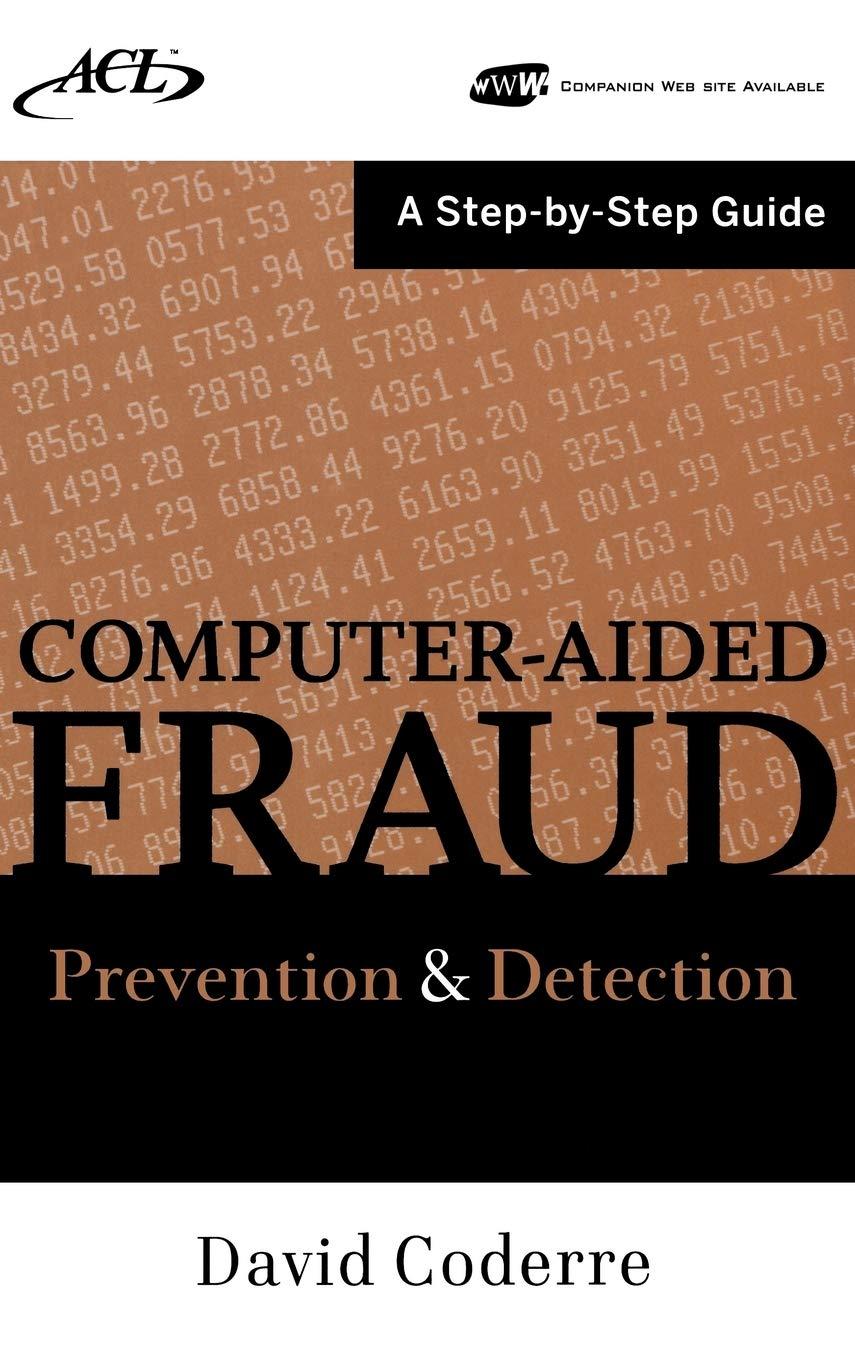Case 2. Sherry Talbot, the CEO of Talbot Corporation, was meeting with the company con- troller to discuss a possible major lease of a new production facility. Talbot Corporation had a large amount of debt, and Sherry was concerned that adding more debt to acquire the production facil ity would worry the stockholders. Sherry knew that if the production facility could be classified as an operating lease rather than a capital lease, the lease obligation would not have to be reported on the balance sheet. Thus, the company could have a new production facility without having to report any additional debt. The accountant told Sherry that if the title to the production facility transferred automati- cally to Talbot at the end of the lease term, then the lease would have to be classified as a capital lease. Also, if the lease had a bargain purchase option, such that Talbot Corporation could simply purchase the facility at the end of the lease term for a small amount, it would also be classified as a capital lease. Sherry said not to worry because she would make sure that the lease contract would not contain any title transfer or bargain purchase option. The accountant then said that the facility had a 25-year life and the lease was for 20 years, which was more than 75 percent of the economic life of the asset, so it would have to be classified as a capital lease. Sherry then said she would change the lease term to 18 years, so the lease term would be less than the 75 percent of the economic life of the facility. The accountant then computed the present value of all the lease payments, and the total was more than 90 percent of the market value of the facility. Again, Sherry said she would make any necessary changes so that the total present value of the lease payments would be 89 percent of the current market value of the facility At this point, the accountant became frustrated and told Sherry that the rules of account- ing used to determine the proper classification of a lease were not meant to be used in order to misclassify a leased asset and thereby provide misleading information. Sherry then said the rules simply served as a guide for structuring the lease and that she was merely using the rules to allow the lease to be classified as an operating lease, and thus the lease obligation would not have to be recorded. The accountant said that intentionally avoiding the rules was unethical and wrong. Requirements 1. Why does Sherry want to have the lease classified as an operating lease rather than a capital lease? 2. Does the accountant have a legitimate arqument? Does Sherry have a legitimate argument? 3. What ethical issues are involved? 4. Do you have any other thoughts








